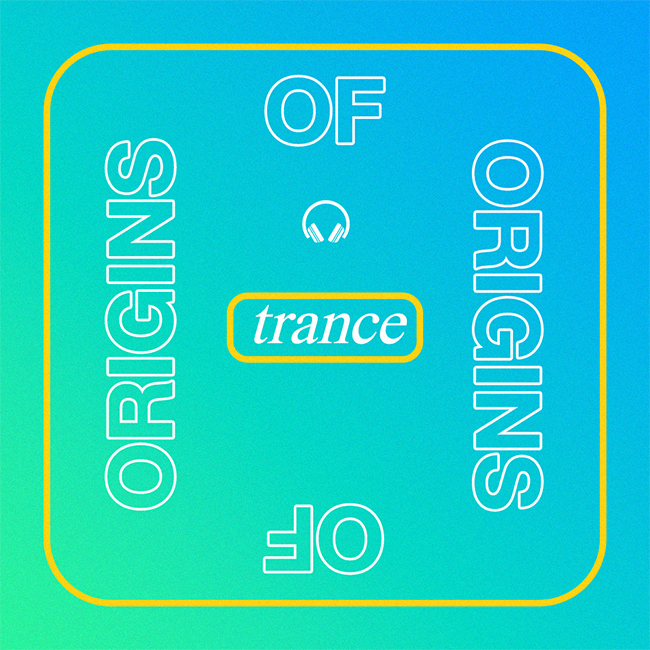Trance music is a genre of electronic dance music that emerged in the 1990s and has since become a global phenomenon. It is characterized by its melodic and uplifting soundscapes, repetitive beats, and distinctive use of synthesizers. Trance music has captured the hearts and minds of millions of listeners, providing an immersive and euphoric experience on dancefloors and at festivals around the world. In this article, we will delve into the origins of trance music, exploring its roots and evolution.
If you like Trance Music, and want to learn how to produce it, check out some of our Trance Production Courses here.
The origins of trance music can be traced back to the early 1990s in Europe, particularly in Germany and the Netherlands. Influenced by various genres such as techno, house, and ambient music, trance emerged as a distinct and unique sound, blending elements of these genres with its own signature characteristics.
One of the key pioneers of trance music is German producer and DJ, Sven Väth. His iconic track "An Accident in Paradise" released in 1992, is often cited as one of the earliest trance tracks, showcasing the genre's characteristic hypnotic melodies and driving beats. Väth's visionary approach and experimentation with sound laid the foundation for the future development of trance music.
Simultaneously, in the Netherlands, producers like Ferry Corsten and Tiësto (then known as DJ Tiësto) were making significant contributions to the genre. Corsten's track "Don't Be Afraid" released in 1996, and Tiësto's remix of Delerium's "Silence" in 1999 are considered influential trance anthems that helped popularize the genre globally.
Trance music found its niche in the club scene, particularly in large-scale events and festivals where the genre's uplifting and energetic nature resonated with audiences. These events provided a platform for DJs and producers to showcase their trance tracks to enthusiastic crowds seeking an immersive and emotional experience.
One significant milestone in the development of trance music was the creation of the record label, Bonzai Records, in Belgium in 1992. Bonzai Records played a pivotal role in shaping the sound of trance by releasing groundbreaking tracks from artists like Yves Deruyter, Push, and DJ Fire. The label's distinctive sound, characterized by melodic synths, driving basslines, and ethereal atmospheres, helped define the trance genre.
As the 1990s progressed, trance music continued to evolve and diversify. Subgenres such as progressive trance, uplifting trance, and vocal trance emerged, each offering a unique take on the genre. Progressive trance, pioneered by artists like Sasha and John Digweed, featured longer and more complex arrangements, with evolving melodies and subtle build-ups. Uplifting trance, on the other hand, emphasized euphoria-inducing melodies and soaring climaxes, often accompanied by anthemic vocals.
The late 1990s and early 2000s witnessed a surge in popularity for trance music, with DJs and producers like Armin van Buuren, Paul van Dyk, and Above & Beyond gaining international recognition. Armin van Buuren's radio show "A State of Trance" and his label, Armada Music, became significant platforms for trance artists and a driving force behind the genre's global expansion.
Trance music's popularity continued to grow throughout the 2000s and 2010s. The emergence of digital platforms and streaming services allowed for wider accessibility to trance music, reaching audiences beyond the confines of clubs and festivals. Additionally, collaborations between trance artists and mainstream pop acts brought the genre into the mainstream consciousness, further expanding its fan base.
Over the last few years, there has been a slow but steady revival of trance. WHen DJ's like Denis Sulta and Mall Grab started regularly dropping Trance classics int heir late 2010's sets, a new generation of ravers heard Trance for the first time, with no baggage attached. Trance sounds are popping into Fred Again, I Jordan, Nina Kraviz, TDJ, Young Marco, and many other artists work on a regular basis now.
Today, trance music remains a vital and vibrant genre within the electronic music landscape. Its ability to evoke intense emotions, transport listeners to transcendent realms, and create a sense of unity on dancefloors is unmatched.
If you like Trance Music, and want to learn how to produce it, check out some of our Trance Production Courses here.

